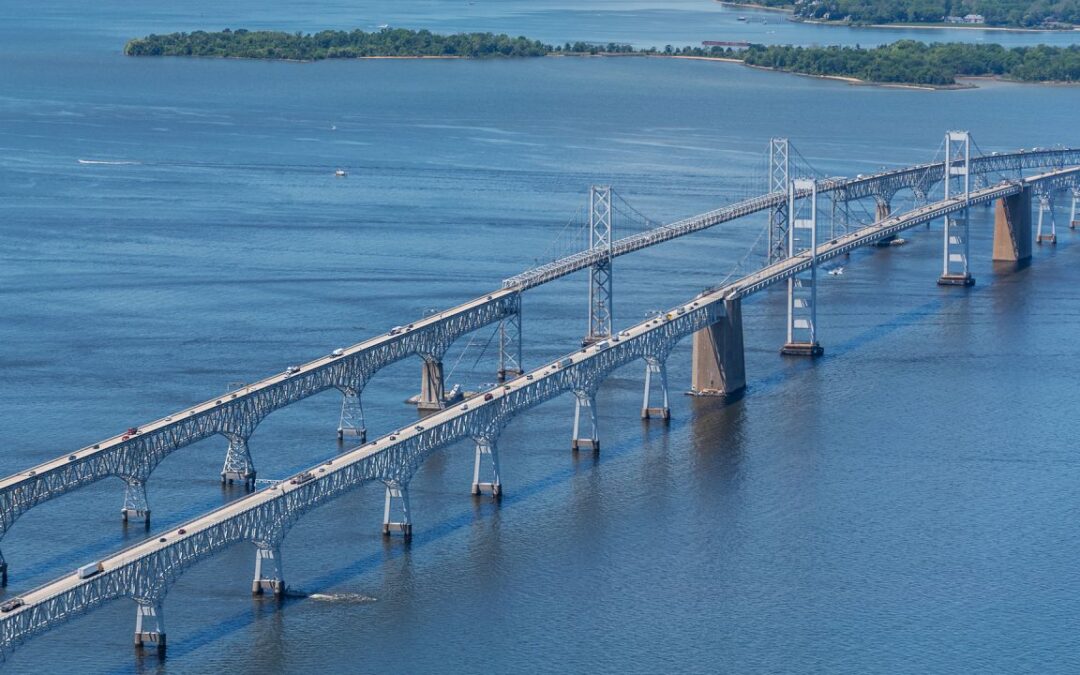But the now-ruined structure isn’t the only bridge along that same key shipping route: Twenty miles downstream, massive container ships headed to Baltimore also pass under the Chesapeake Bay Bridge near Annapolis. And according to experts who reviewed its design for CNN, it could also be at risk of collapse if one of those vessels rammed into it.
Several of the four-mile-long Bay Bridge’s concrete piers, which sit in the middle of the shipping channel, appear vulnerable to the type of ship collision that destroyed the Key Bridge, experts said.
The bridge is “lacking in safety measures,” said Adel ElSafty, an engineering professor at the University of North Florida, who said the structure should be reassessed in light of the Key Bridge collapse. “It could very much be vulnerable to a ship impact.”
CNN reviewed the protective design features of more than a dozen major US bridges that cross shipping channels leading to the biggest ports in the country. Most have stronger defenses against ship collisions than the Key Bridge had, such as more robust fender systems or larger concrete structures designed to deflect oncoming vessels, according to statements from local officials and interviews with more than a half-dozen structural engineering experts.
But a handful of other bridges, including the Chesapeake Bay Bridge, have less significant defenses, according to experts – potentially placing them at risk as increasingly large container ships pass under them.
Most of the bridges, like the Key Bridge, contain “fracture critical members,” according to federal data – meaning that if a single element is taken out, the entire structure could fall. The Key Bridge collapsed after the ship knocked out one of its vertical support piers, and likely would have fallen even if it hadn’t had fracture critical members, said Matthew Yarnold, an engineering professor at Auburn University.
The Baltimore disaster – which killed six people, has indefinitely shut down America’s 15th largest port, and is projected to cost billions of dollars in damages – has illustrated the massive economic and social consequences to any of these critical infrastructure links failing.
But others are projecting confidence even if it may be unfounded. A Louisiana Department of Transportation spokesperson told CNN that a major New Orleans bridge was “triple protected” due to its design, a statement that one structural engineer called “nonsense.”




















